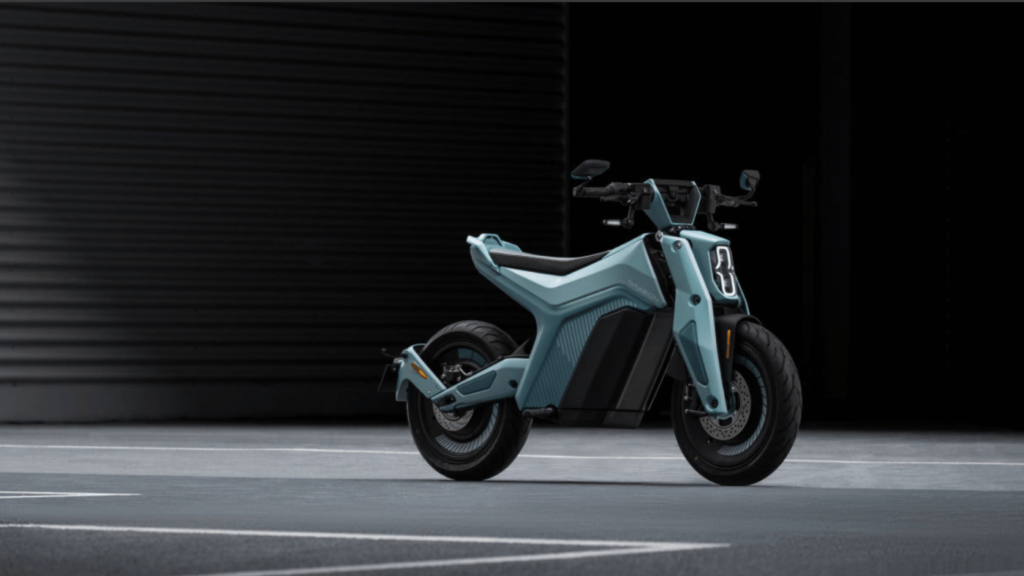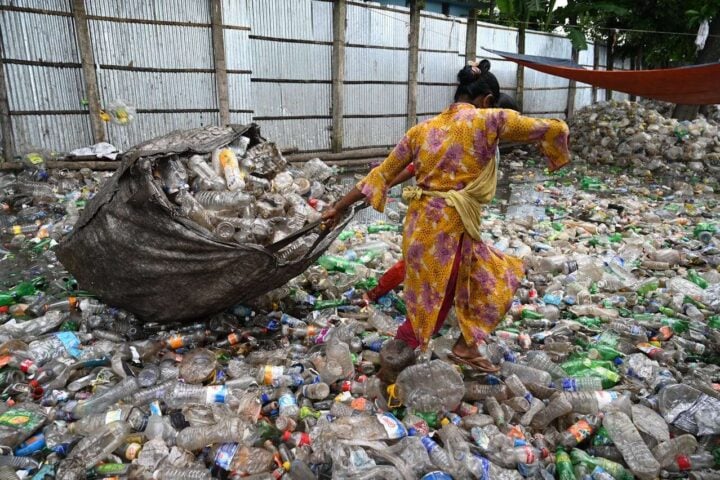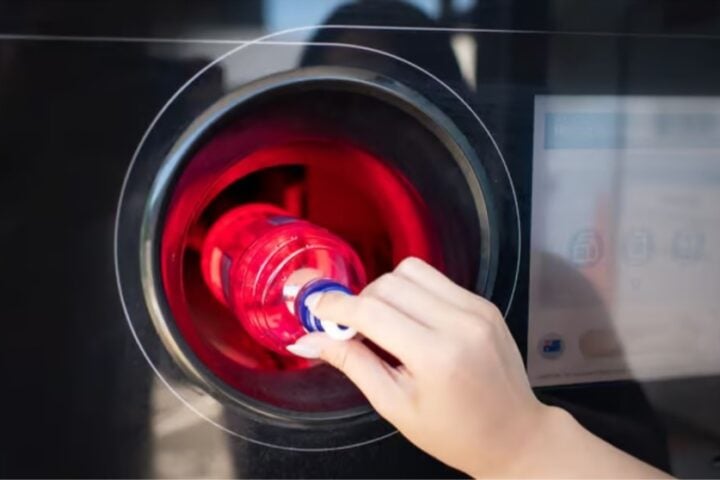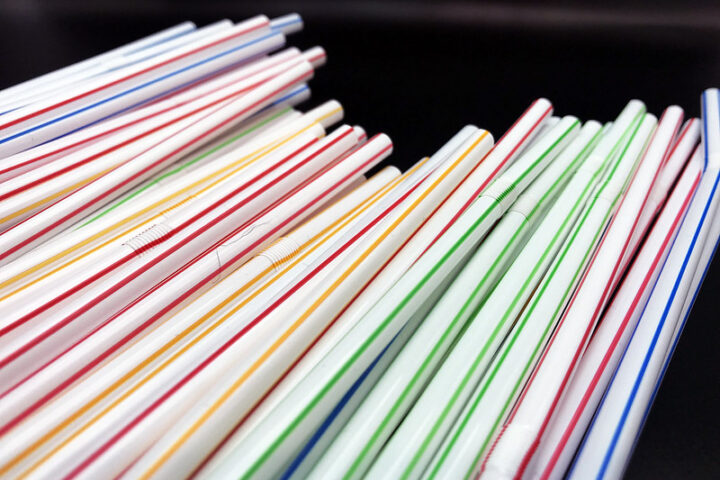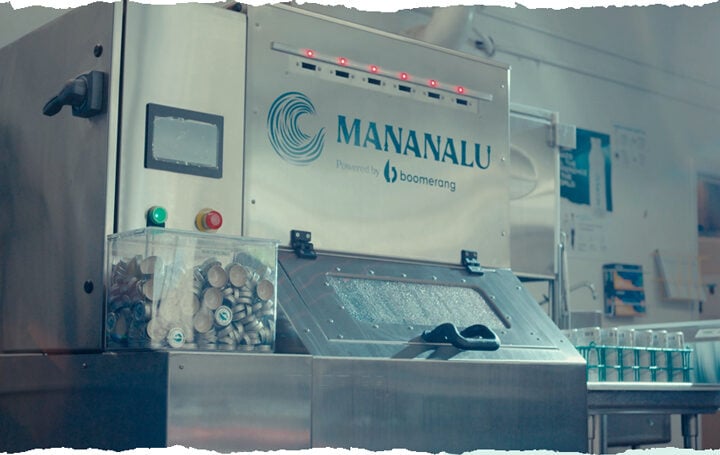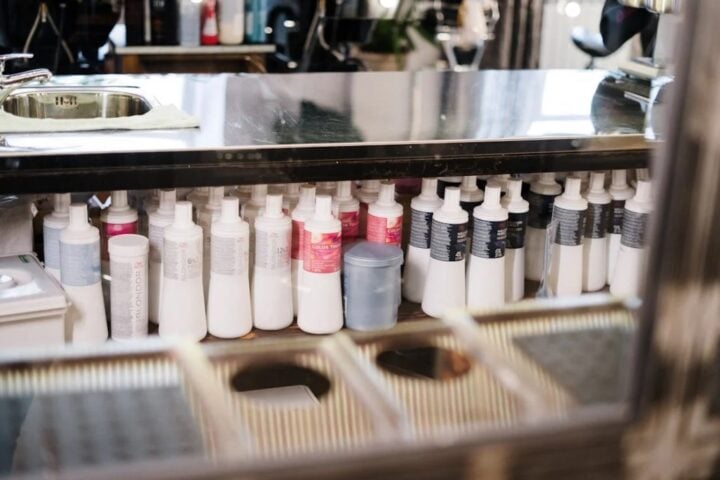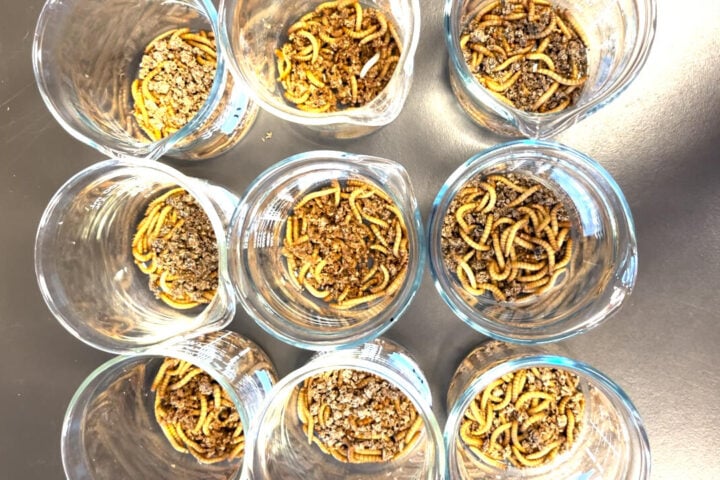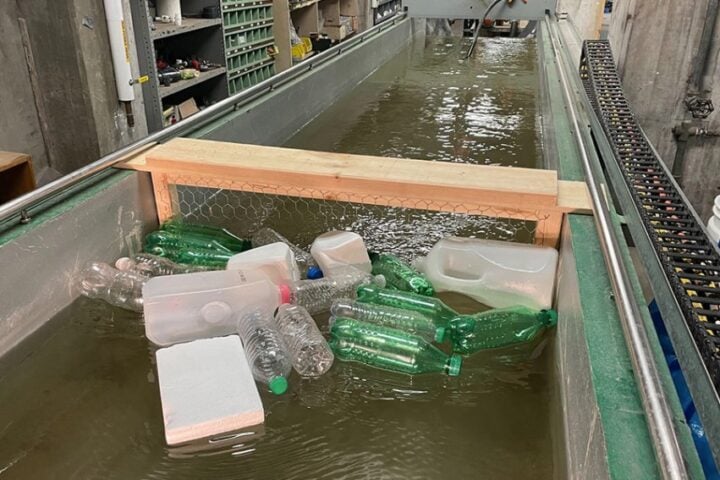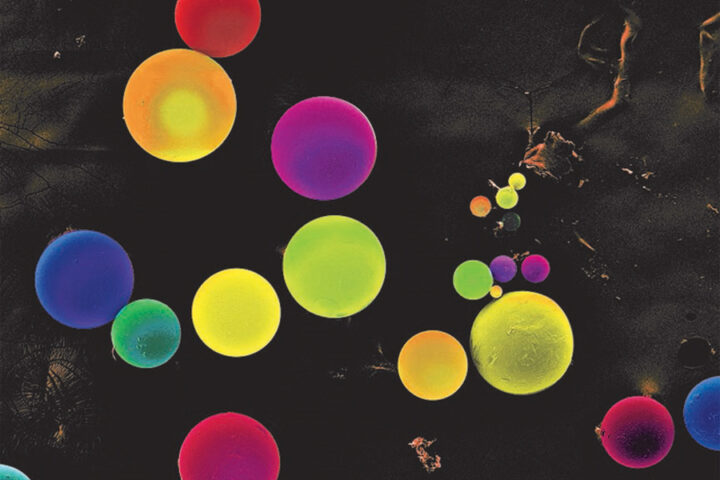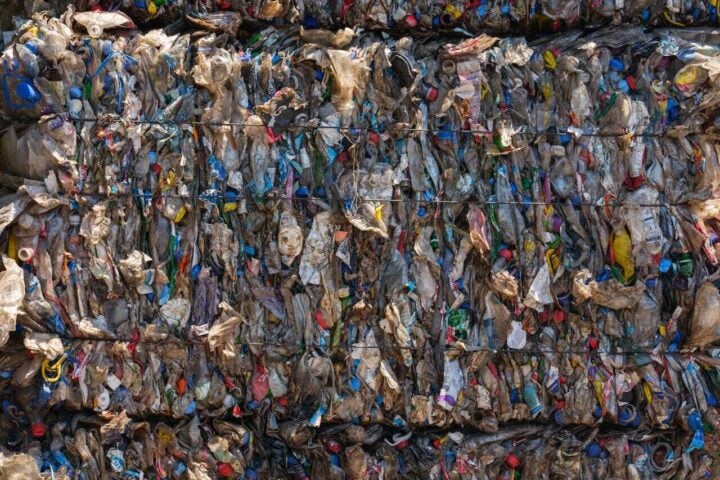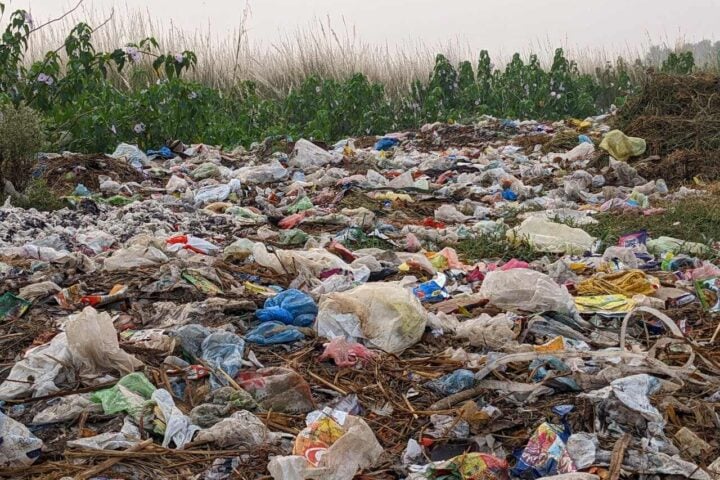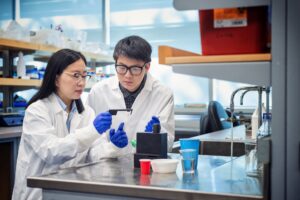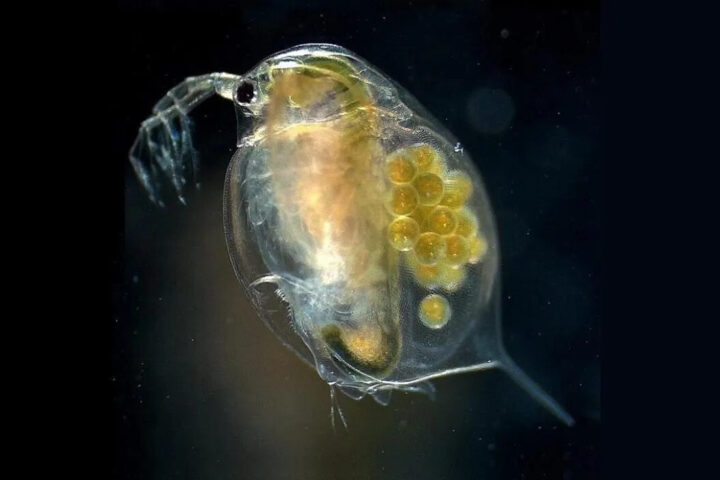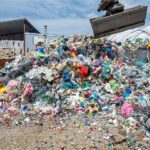An International team of Experts undertaking fundamental research has developed a way of using polyethylene waste as a feedstock and converted it into valuable chemicals via light-driven photocatalysis.
In today’s world, the population is increasing rapidly along with growing urbanization and industrialization. Several man-made problems emerge. One such problem is solid waste management, namely plastic waste, which is used in multiple sectors from healthcare to households and commercial industries. This plastic waste is dumped in landfills, incinerated, or recycled. However, only 18% of plastic is recycled worldwide, and other disposal methods have more disadvantages than benefits. They might release gaseous by-products that cause serious issues to human health and the environment.
By UV radiation, the dispersed plastic undergoes photooxidation, breaking their chemical bonds and causing a loss of tensile strength. This process creates particles with 5 mm or less, known as microplastic. Consequently, microplastic accumulates in the environment at an alarming rate, causing negative effects on plants and wildlife. In the aquatic environment, the presence of microplastic is increasingly recognized as a serious worldwide public health concern.
Professor Shizhang Qiao from the University of Adelaide, chair of nanotechnology, and director of the Center for Materials in Energy Catalysis from the School of Chemical Engineering, has undertaken fundamental research. This research has developed a way of using polyethylene waste as a feedstock and converted it into valuable chemicals, via light-driven photocatalysis.
Similar Posts
“Plastic waste is an untapped resource that can be recycled and processed into new plastic and other commercial products,” said Professor Qiao. Catalytic recycling of polyethylene (PE) waste is still in early development and is practically challenging because of the chemical inertness of polymers and side reactions arising from structural complexities of reactant molecules. Current chemical recycling for PE waste operates at high temperatures greater than 400 degrees Celsius, yielding complex product compositions.
Ethylene, an important chemical feedstock, can be processed into a variety of industrial and daily products. Propionic acid, known for its antiseptic and antibacterial properties, is also in high demand. The team’s work aims to address contemporary environmental and energy challenges, contributing to a circular economy. It will be useful in further scientific research, waste management, and chemical manufacturing.
“Our fundamental research provides a green and sustainable solution to reduce plastic pollution and produce valuable chemicals from waste for a circular economy,” said Professor Qiao. It will also inspire the rational design of high-performance photocatalysts for solar energy utilization and benefit the development of solar-driven waste upcycling technology.
